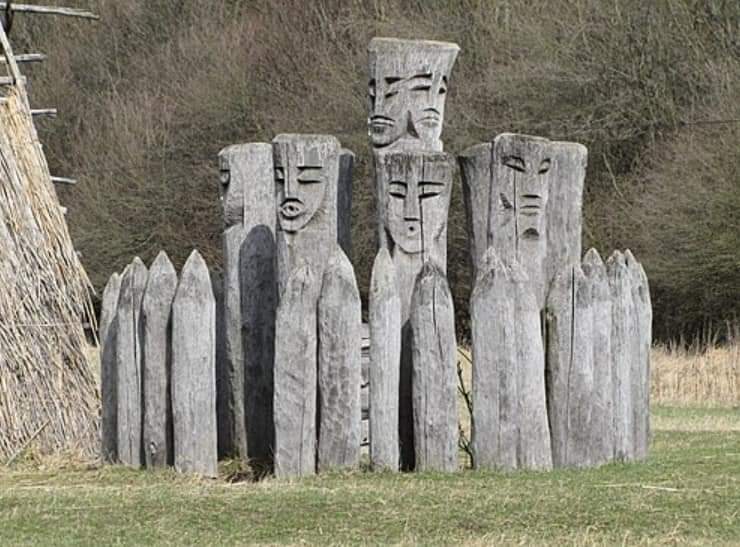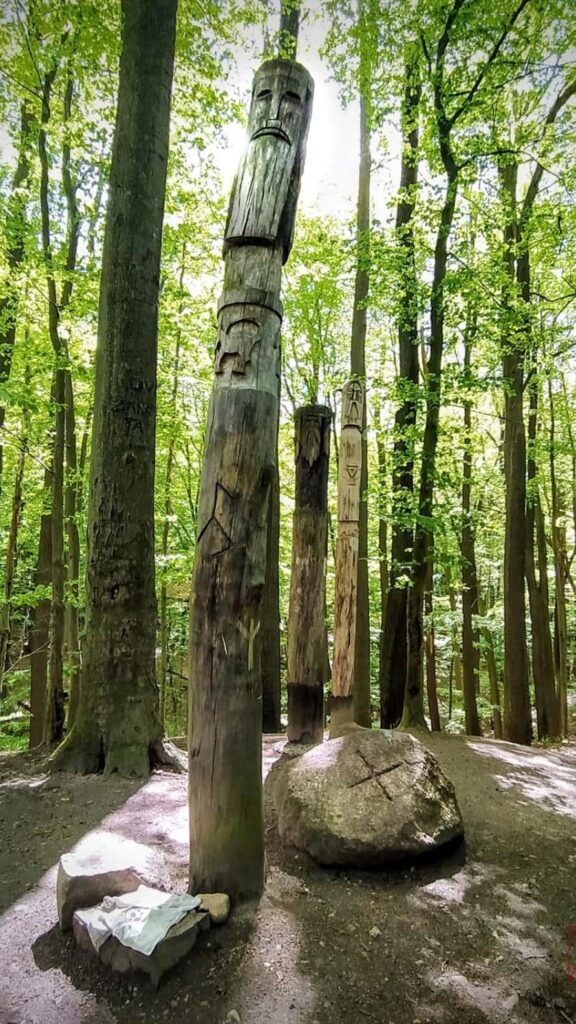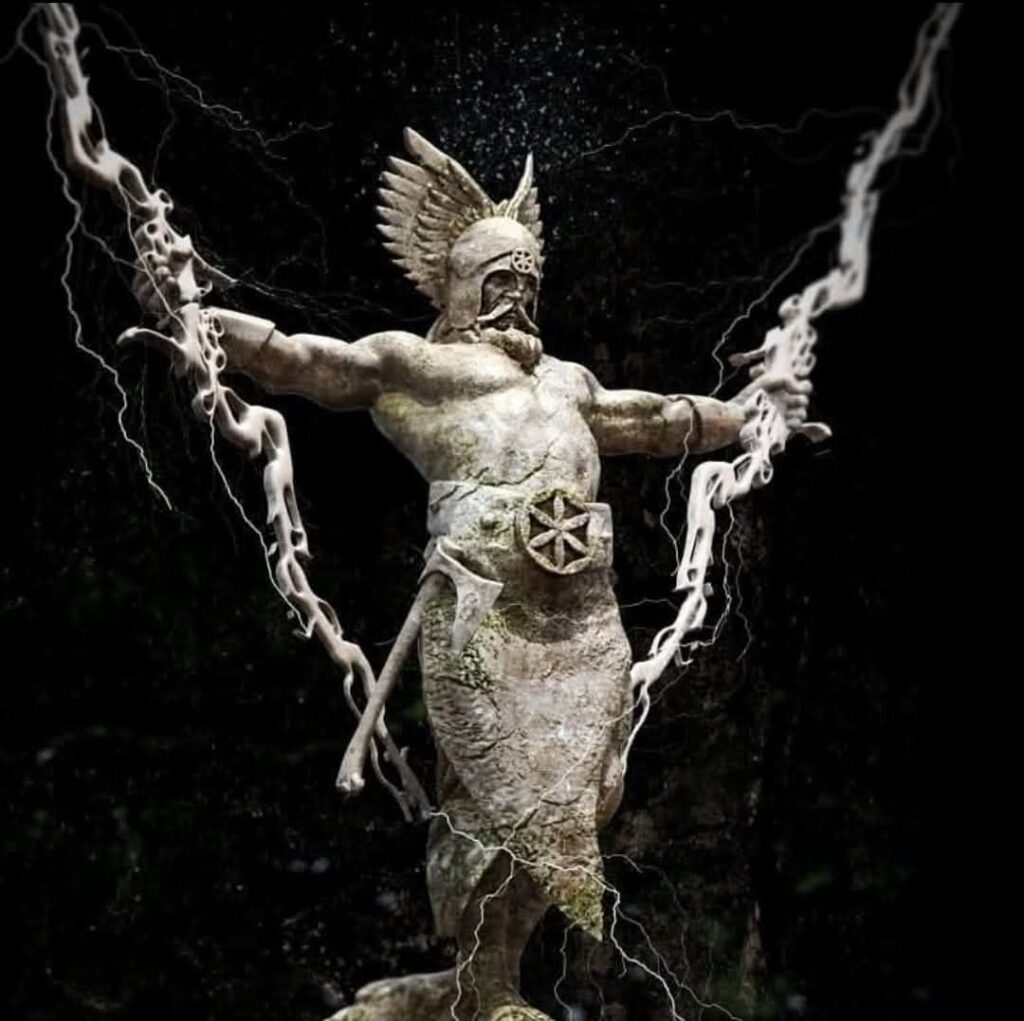Slavic peoples had a rich mythology, but it is not studied in much detail for some very valid reasons. There are the fewest written historical sources about it, since the Slavs did not have writing before Christianization. So most of Slavic mythology has been transmitted orally to the present day.

In the 19th century, there was a greater interest in the reconstruction of Slavic mythology, and credible historical sources here and there describe their beliefs and rituals – which coincide with oral tradition. In addition to oral, there are also some archaeological and written sources.
What little is written about mythology can be read in the records of non-Slavic civilizations, such as Herodotus’ “History” (479 BC), which mentions a tribe in the north who believed that people turne into wolves for a few days. This correlates with folk traditions in Slavic lands where werewolves are richly described.
Another source is the Byzantine historian Procopius (6th century AD) who studied the Slavs around the Danube. According to him, the Slavs worshipped the god Perun, the lord of all things who created thunder and lightning. In addition to the old gods, Procopius also mentions beliefs in various supernatural creatures, such as evil spirits and benevolent fairies, but does not mention their names.
In the 12th century, we have records describing Slavic beliefs before Christianity, and they mention Perun, Veles, Dažbog, Stribog, Mokoš, Triglav, Svarog, Svantevid and many others. It is important to note that the Slavs were divided into different groups (southern, eastern and western), and each of them had a different hierarchy of their deities.
As for archaeological remains, statues of several Slavic deities have been found, which correspond to the descriptions of oral tradition.
As in most pagan religions, the Slavs also had a certain hierarchical structure. The supreme god as the presiding deity, a multitude of gods below him, and below them demigods, heroes and fantastic beings.
Perun was the celestial god of thunder and lightning who ruled the entire world, while Veles was the underground god, the king of the underworld, who ruled the realm of the dead. The two were in constant conflict, so on the one hand, converting Slavs to Christianity was an easy task, due to the parallels with God and Satan. Perun had children who themselves became deities. Thus, his son Jarilo was the god of fertility and vegetation, and Morana was the female deity of nature and death. Zora and Danica were also described as divine persons. Danica was the “younger sister of the Sun”, and Zora was considered the “Mother of the Sun”. Vesna was the goddess of youth, spring and fertility, and Davor was the seven-headed god of war. The god of rivers, water and sea was Vodan. The Slavs also believed in Lada, the goddess of love and beauty. Lela was the “forest mother”, an old goddess who was also the protector of nature.
Werewolves, vampires and fairies are just some of the fantastic creatures that Slavic ancestors believed in. Among them is Babaroga, a dry, black old woman, who is associated with a witch. There are also various “household” spirits, such as the evil spirit Kikimore, the good house spirit Domovoj and others…















Leave a Reply